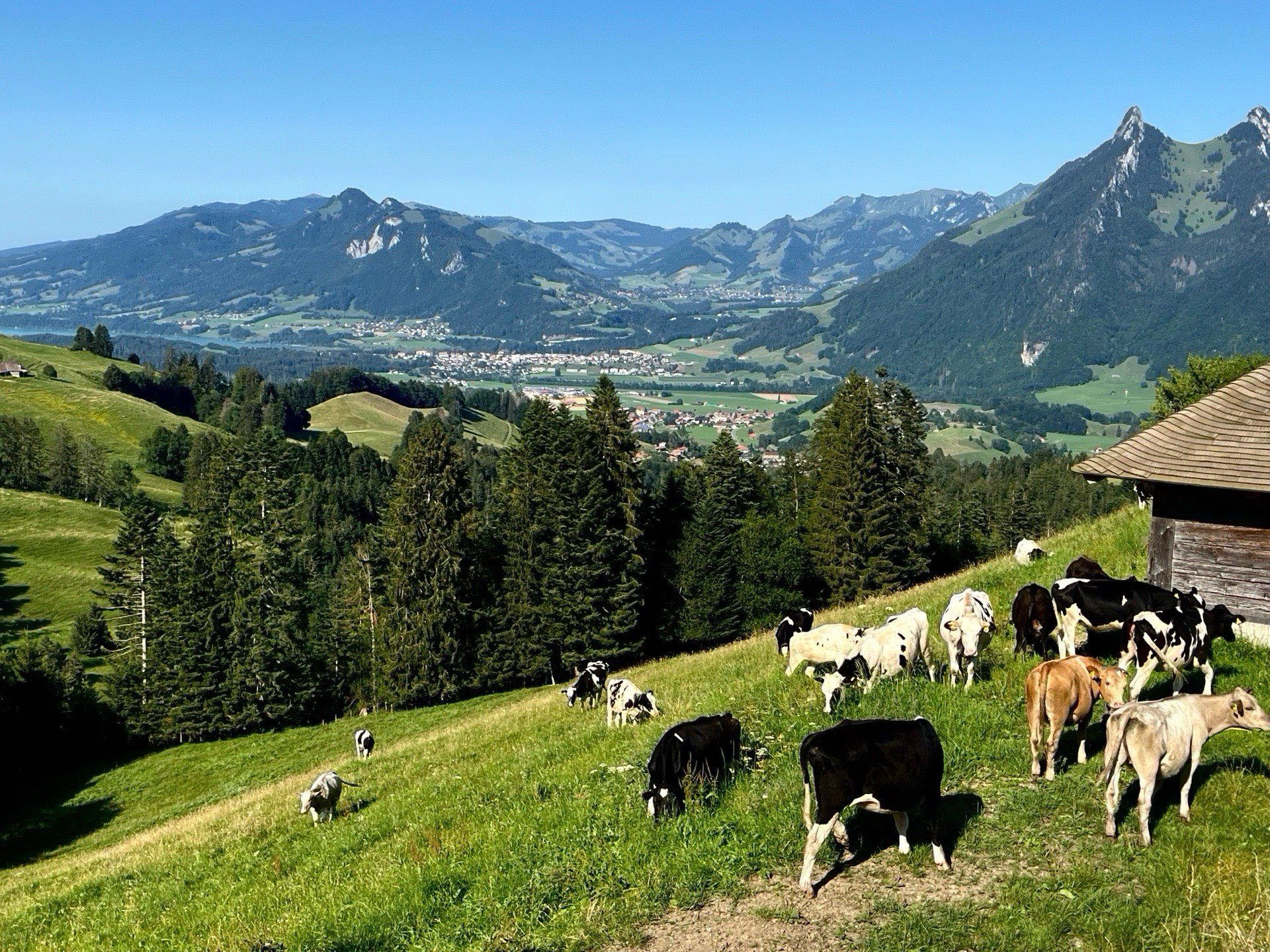
In a world where our favorite tourism spots are becoming increasingly crowded, there’s a growing desire for me to encourage my travelers to seek out lesser-known destinations that offer a more authentic, meaningful experience. As a passionate advocate for sustainable travel, I believe that exploring these hidden gems is not only good for the soul but also vital for preserving the beauty and culture of our planet.
For 2025, I’ve curated a list of the top 10 off-the-beaten-path destinations that embody the principles of sustainable travel. These are places where you can immerse yourself in local culture, explore pristine landscapes, and travel in a way that leaves a positive impact on both the environment and the communities you visit. Let’s journey together to discover these sustainable travel gems.

1. Azores, Portugal
The Azores are an archipelago in the Atlantic Ocean that boast volcanic landscapes, geothermal hot springs, and lush greenery. This Portuguese gem is a haven for nature lovers and those looking to disconnect from the fast pace of modern life.
What to Do: Enjoy whale watching in São Miguel, hike around the volcanic crater lakes of Sete Cidades, or relax in the natural hot springs of Furnas. The Azores offer a perfect blend of adventure and tranquility.
Sustainability Factor: The Azores have been recognized globally for their commitment to sustainable tourism. The islands focus on protecting their unique ecosystems, promoting renewable energy, and encouraging low-impact travel activities.

2. Slovenia
Slovenia is a destination that often surprises travelers with its diverse landscapes, from towering mountains to emerald-green lakes. It’s a country that values sustainability, with a strong emphasis on preserving its natural beauty and cultural heritage.
What to Do: Visit the enchanting Lake Bled, hike in Triglav National Park, or explore the charming capital, Ljubljana, which was awarded the European Green Capital. Don’t miss the chance to experience farm-to-table dining in the lush countryside.
Sustainability Factor: Slovenia is at the forefront of sustainable tourism in Europe, with green initiatives that protect its pristine environments and promote eco-friendly travel practices.

3. Faroe Islands, Denmark
Nestled in the North Atlantic Ocean, the Faroe Islands are a paradise for those seeking raw, untouched beauty. With dramatic cliffs, cascading waterfalls, and quaint villages, this remote archipelago offers a perfect escape from the crowds.
What to Do: Hike through verdant valleys, explore the charming village of Gjógv, or go birdwatching to spot puffins and other seabirds. The Faroe Islands are also perfect for a peaceful boat trip around the stunning fjords.
Sustainability Factor: The Faroe Islands are committed to preserving their natural habitats and promoting eco-tourism. The local community emphasizes sustainable fishing practices and encourages visitors to explore the islands responsibly.
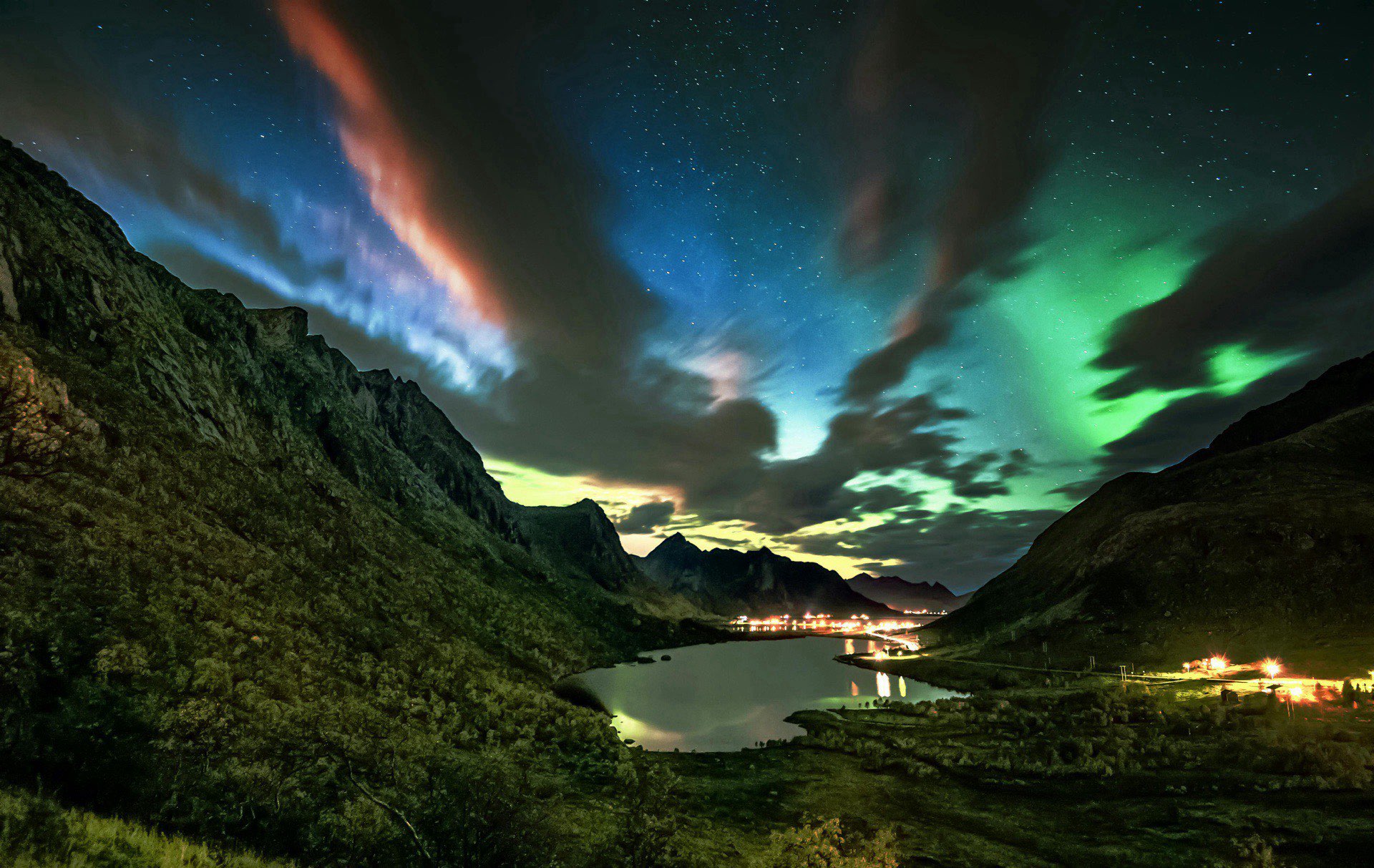
4. Lofoten Islands, Norway
The Lofoten Islands are a stunning archipelago located above the Arctic Circle, known for their dramatic landscapes, fishing villages, and opportunities to witness the Northern Lights. This remote destination is perfect for those seeking an intimate connection with nature.
What to Do: Kayak through the fjords, hike the Reinebringen for breathtaking views, or stay in a traditional rorbu (fisherman’s cabin) to experience local life. Don’t miss the chance to witness the magical Northern Lights dancing across the sky.
Sustainability Factor: The Lofoten Islands focus on preserving their unique natural environment and cultural heritage. Local communities are dedicated to reducing the carbon footprint of tourism and promoting sustainable fishing practices.

5. Istria Peninsula, Croatia
Often overshadowed by Croatia’s more famous Dalmatian coast, the Istria Peninsula is a hidden gem known for its rolling hills, medieval towns, and stunning coastline. The region offers a unique blend of Croatian, Italian, and Slovenian cultures, with a strong emphasis on local food, wine, and sustainable tourism.
What to Do: Explore the charming hilltop towns of Motovun and Grožnjan, enjoy wine tasting at local vineyards, or hike through the scenic landscapes of Učka Nature Park. The coastline offers beautiful, less crowded beaches perfect for relaxation and water activities.
Sustainability Factor: Istria is committed to sustainable tourism practices, focusing on local agriculture, eco-friendly accommodations, and preserving its cultural heritage. The region encourages visitors to engage with the local community and support small, family-owned businesses.

6. Asturias, Spain
Asturias, located on Spain’s northern coast, is a green paradise known for its lush landscapes, rugged coastlines, and traditional culture. This lesser-known region offers a perfect escape for those looking to explore Spain beyond the usual tourist hotspots.
What to Do: Hike in the Picos de Europa, visit traditional fishing villages, or enjoy a meal in a local cider house. Asturias is a destination where nature and culture come together beautifully.
Sustainability Factor: Asturias focuses on sustainable agriculture, eco-tourism, and preserving its natural beauty. The region’s commitment to maintaining its cultural and environmental integrity makes it a standout choice for sustainable travelers.
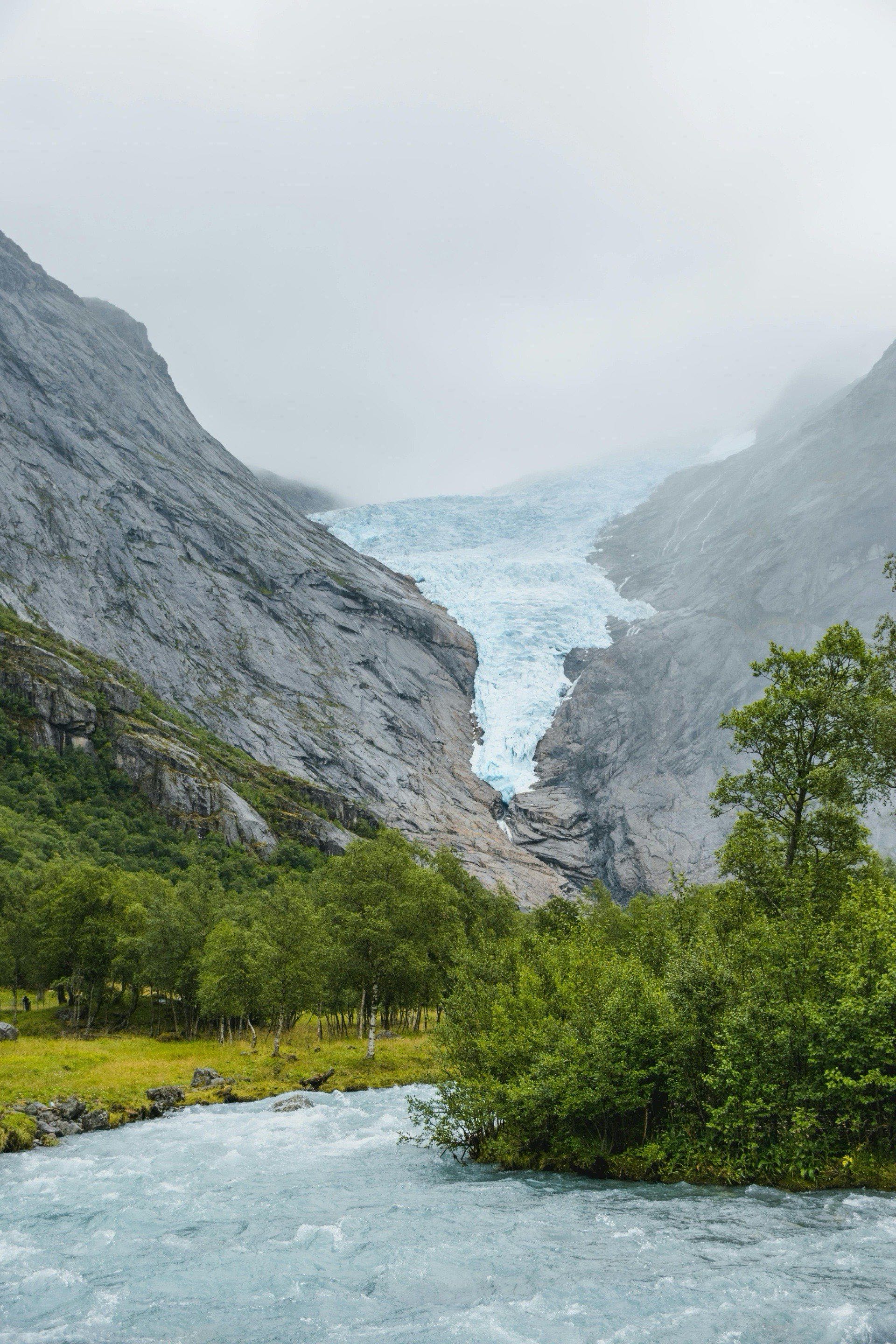
7. Montenegro’s Durmitor National Park
Durmitor National Park is a UNESCO World Heritage site in Montenegro, known for its rugged mountains, deep canyons, and glacial lakes. It’s a paradise for adventurers looking to explore a less-visited part of Europe.
What to Do: Go rafting on the Tara River, hike to the summit of Bobotov Kuk, or explore the breathtaking Black Lake. Durmitor offers a range of activities that cater to all levels of adventure.
Sustainability Factor: Durmitor National Park is a protected area with strict conservation efforts in place to preserve its natural beauty and promote sustainable tourism practices.
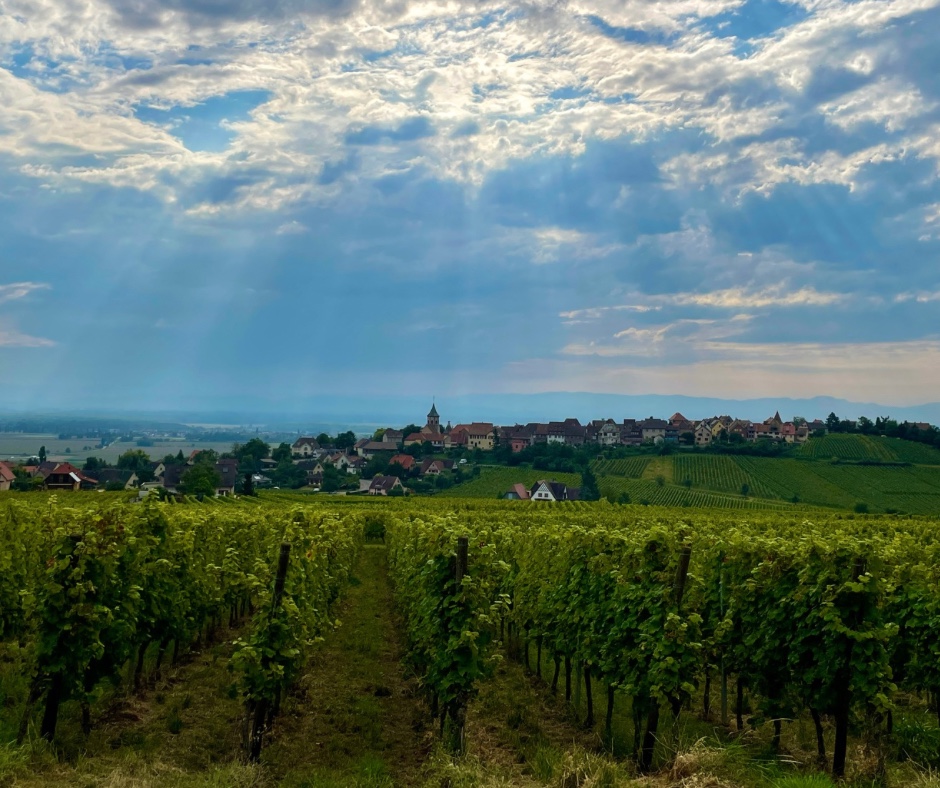
8. Alsace Region, France
Alsace, located on the border of France and Germany, is a region renowned for its picturesque villages, vineyards, and a unique blend of French and German culture. It’s an ideal destination for travelers seeking a charming, off-the-beaten-path experience.
What to Do: Explore the fairy-tale villages of Colmar and Eguisheim, cycle through the vineyards, or indulge in local wines and cuisine. The region’s focus on sustainable agriculture makes it a great spot for eco-conscious travelers.
Sustainability Factor: Alsace emphasizes local products, sustainable agricultural practices, and preserving its unique cultural heritage. It’s a region where you can travel sustainably and experience the best of both French and German traditions.
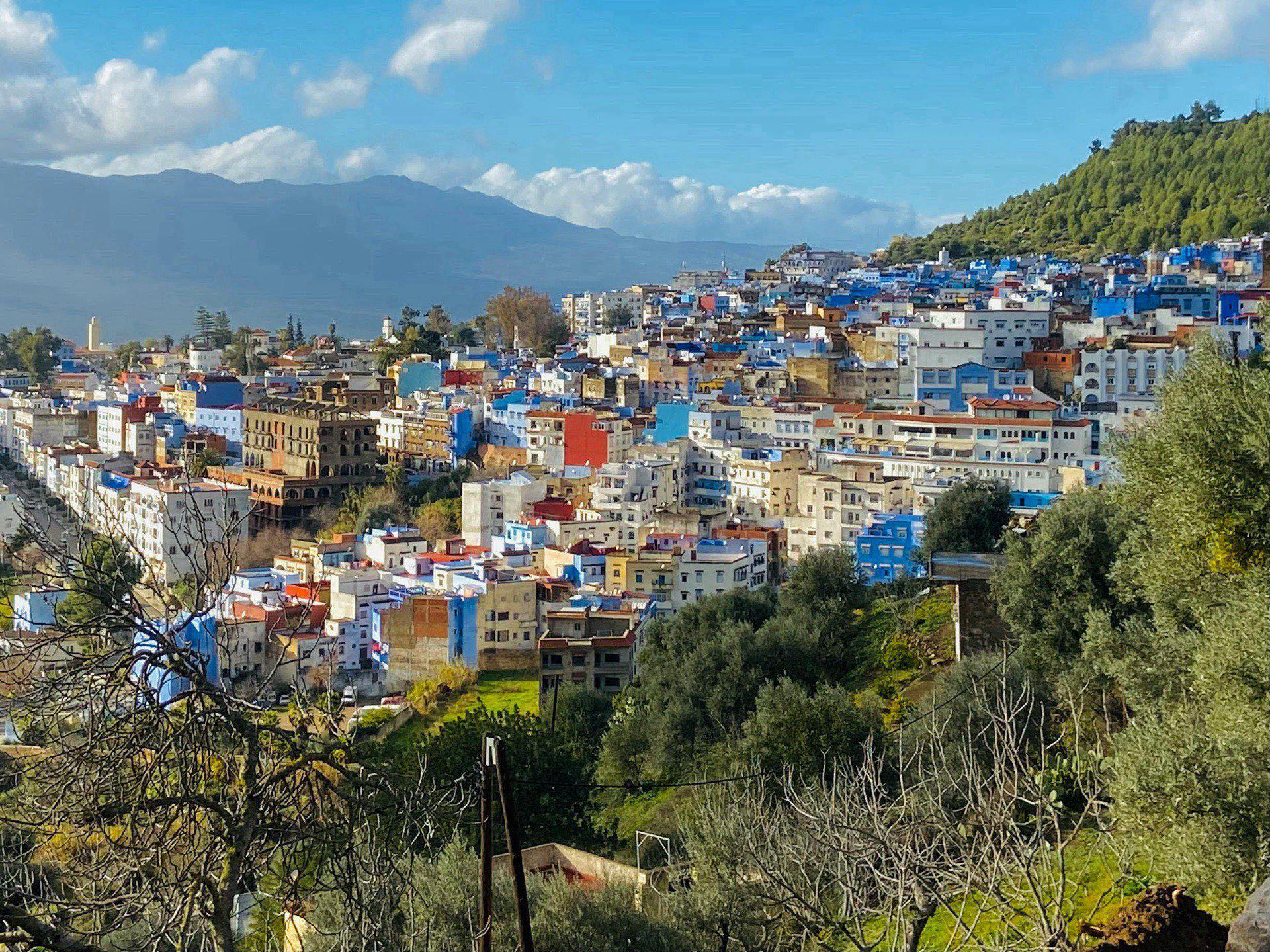
9. Chefchaouen and the Rif Mountains, Morocco
Chefchaouen, also known as the “Blue Pearl” of Morocco, is a charming town nestled in the Rif Mountains. With its blue-washed streets, stunning mountain views, and laid-back vibe, Chefchaouen offers a unique escape from Morocco’s busier cities.
What to Do: Wander through the medina’s blue alleyways, hike in the surrounding Rif Mountains, or interact with local artisans who craft beautiful handmade goods. Chefchaouen is a place to slow down and immerse yourself in local culture.
Sustainability Factor: Chefchaouen promotes eco-friendly tourism by preserving its traditional crafts, supporting local artisans, and encouraging visitors to respect the natural environment and local way of life.

10. Tirana and the Albanian Alps, Albania
Albania is an emerging travel destination that remains largely untouched by mass tourism. From the vibrant capital of Tirana to the rugged beauty of the Albanian Alps, this country offers a unique blend of urban culture and natural splendor.
What to Do: Explore Tirana’s colorful streets, hike in the Albanian Alps, or visit traditional villages like Theth and Valbona. The region is perfect for outdoor enthusiasts and those looking to experience authentic Albanian hospitality.
Sustainability Factor: Albania is developing its tourism industry with a focus on sustainability, respecting local communities, and preserving its natural landscapes. The Albanian Alps are a prime example of eco-friendly tourism initiatives in action.

These off-the-beaten-path destinations offer more than just stunning landscapes and unique experiences—they provide an opportunity to travel sustainably, connect deeply with local cultures, and explore the world in a way that preserves its beauty for future generations. As we look ahead to 2025, let’s choose to explore responsibly, support local communities, and make travel a force for good.
Are you ready to embark on a journey that goes beyond the ordinary? Together we can discover these hidden gems and make a positive impact through sustainable travel.


No comments:
Post a Comment